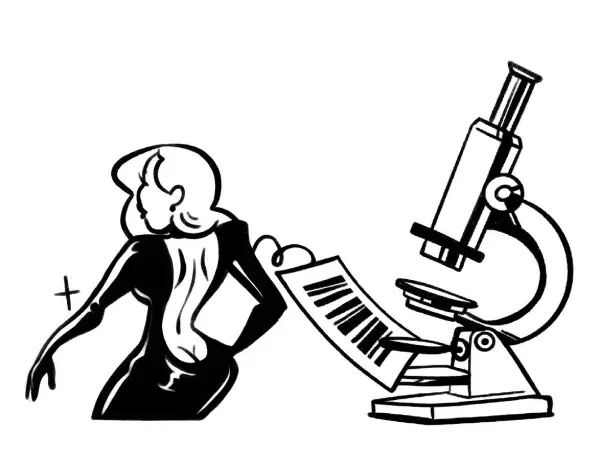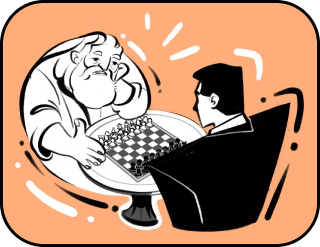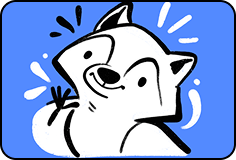The Radio Frequency Sandwich from the University of Florida has put an end to the game of chance known as Russian roulette.
Throughout all eras and epochs, people have been captivated by the game of “luck or no luck.”
Nowadays, you don’t need to visit a casino to play roulette. Simply go to any shopping store, place an order for a few items from well known brands, and wait to see if luck is on your side.. Will fortune favour you?
If you’re fortunate, that’s excellent. You’ll enjoy products from world-renowned companies. If you’re not fortunate, you’ll have to contend with the repercussions of a gadget explosion caused by a counterfeit battery.
If luck is on your side, you’ll have access to high-quality pharmaceuticals. If not… who knows what harm unscrupulous medications with questionable ingredients can inflict. The reputation of legitimate manufacturers and distributors is also affected by the game of “luck or no luck.”
An effort to shield us from the whims of chance was undertaken by Joseph Woodland and George Laurer in 1973. They developed a version of the most widely used barcode in use today.
Universal Product Codes (UPC), Quick Response (QR) templates, and even Radio Frequency Identification (RFID) tags emerged. (This is a method of reading that uses radio signals, employing large and expensive antennas.) Yet all of these methods share a common feature – visibility. To read the product marking, it must be visible to both the reader and potential fraudsters.
And so, we find ourselves once again engaged in a game of “luck or no luck.” Can we devise a label that is invisible to fraudsters but still readable?
Yes, we can. And it will cost just a few cents.
This is what scientists from the University of Florida have asserted, as they have created a practically invisible label for protection against counterfeits. It’s a minuscule transparent label for marking objects that cannot be replicated. The technology is based on Radio Frequency (RF) nanoelectromechanical systems (NEMS).
The structure of the label resembles a sandwich: between two layers of indium tin oxide film, typically employed in the creation of transparent electrodes (similar to those on your phone’s touchscreen), there lies a layer of piezoelectric material.
Through lithography, a flexible pattern is etched onto the label — a marker that vibrates at a specific frequency when subjected to vibrations. By deciphering the vibrations of each marker and converting them into binary code, unique digital signatures can be generated, which are impossible to duplicate. The scanner utilized by developers at present in a small coil that generates vibrations and can effortlessly gauge the unique resonances of individual labels under a microscope.
Nevertheless, how swiftly developers will liberate us from the game of Russian roulette will become apparent when they are able to fashion a portable device only by locating and reading such labels.
And so, we return to the question… Will fortune favour you?

University of Florida
Level of innovation:
Undoubtedly something novel, or perhaps yet undiscovered.
Real-world usefulness:
Evident
Drawbacks:
No portable reader
Cost for the consumer: Less than a dollar
As Ben Affleck might exclaim, “Powerful! Just like my Jennifer!”
Scientists have decoded the human genome. We’ve decoded the genome of interest. Only pure science and facts.
Thank you!




